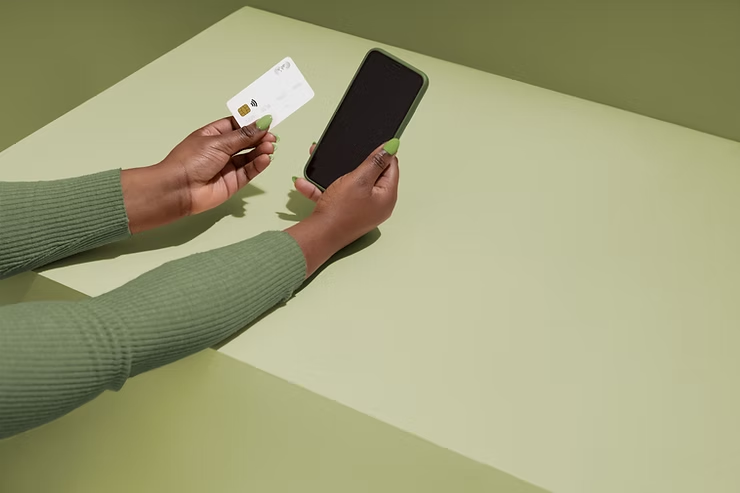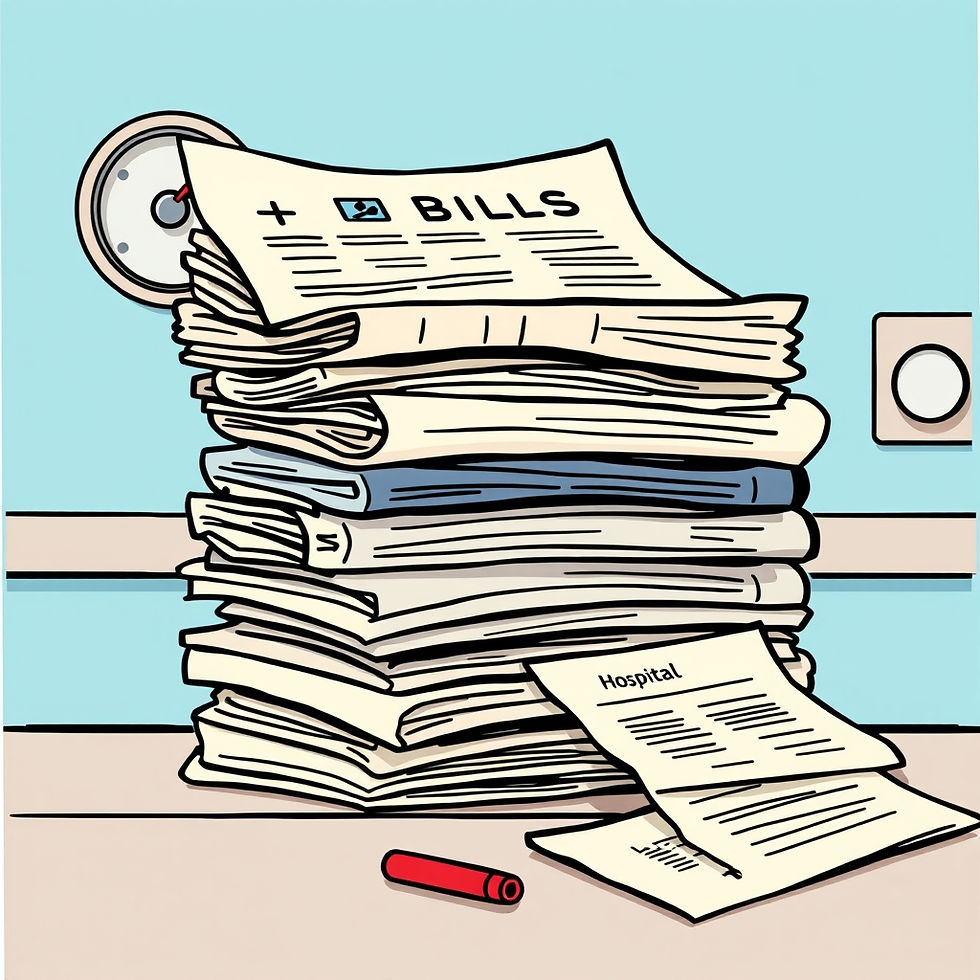Exploring Payment Preferences: A Comparative Analysis of Patient Payment Methods
- Stanley Hastings
- Jun 11
- 3 min read

The way patients choose to make payments has evolved with advancements in technology and changes in consumer behavior. This article examines and compares various payment methods that patients commonly use for settling their healthcare bills, including checks, credit cards, debit cards, over the phone, Google Pay, Apple Pay, PayPal, and Venmo.
1. Traditional Checks:
Pros:
Familiar and widely accepted.
Some patients prefer the tangible record of payment.
Cons:
Slow processing time if not handled correctly.
Manual entry can lead to errors.
Limited convenience compared to digital options.
2. Credit Cards:
Pros:
Instant processing, providing quick payments.
Accepted widely.
Allows for the accumulation of reward points.
Cons:
Potential for high transaction fees to the facility (not to the patient).
Limited to the patient's credit limit.
3. Debit Cards:
Pros:
Direct access to funds in the patient's bank account.
Instant transactions.
Accepted almost universally.
Cons:
May not offer the same rewards as credit cards.
Limited to available funds in the linked account.
4. Over the Phone Payments:
Pros:
Convenient for patients who prefer verbal transactions.
Can be done quickly with the assistance of customer service representatives.
Cons:
Potential security concerns if not handled with proper security measures.
Limited by business hours and time zone differences.
5. Digital Wallets - Google Pay, Apple Pay:
Pros:
Quick and contactless transactions.
Enhanced security features, such as biometric authentication.
Integration with smartphones and wearables.
Cons:
Limited adoption in certain demographics.
Dependence on compatible devices.
6. PayPal:
Pros:
Widely recognized and accepted.
Offers buyer protection.
Allows for direct bank transfers.
Cons:
Transaction fees to the facility (not to the patient).
Some patients may not have a PayPal account.
7. Venmo:
Pros:
Popular among younger demographics.
Cons:
Limited acceptance in healthcare settings.
May not be suitable for larger transactions.
8. ACH Payments:
Pros:
Direct bank transfers for electronic payments.
Typically lower transaction fees to the facility.
Secure and reliable.
Cons:
Slower processing times compared to credit cards.
Requires patients to provide bank information.
Comparative Analysis:
Speed of Transaction: Digital options such as credit cards, debit cards, and digital wallets offer the fastest processing times, ensuring that payments are made promptly. Traditional methods like checks and over-the-phone payments may experience delays if not handled properly or in timely manner.
Security Measures: Digital wallets, PayPal, and ACH payments often come with advanced security features, including encryption and biometric authentication. Credit card transactions also have robust security measures. Traditional methods like checks may pose higher security risks if not handled properly.
Convenience and Accessibility: Credit cards, digital wallets, and ACH payments provide high levels of convenience, especially for online payments. Traditional methods like checks and over-the-phone payments may be less convenient for tech-savvy patients.
Adoption and Familiarity: Credit cards and checks remain widely adopted and familiar to patients across age groups. Digital wallets and peer-to-peer payment platforms like Venmo may have more traction among younger demographics.
Transaction Fees: Credit card transactions and PayPal may incur transaction fees to the facility (not to the patient). Debit cards, ACH payments, and some peer-to-peer platforms like Venmo may offer lower or no fees to the facility (not to the patient).
Industry Acceptance: Credit cards and checks are universally accepted in healthcare settings. Digital wallets and peer-to-peer payment platforms may have varying levels of acceptance, with some healthcare providers embracing newer technologies.
Conclusion:
The choice of payment method in healthcare is increasingly diverse, reflecting the broader trends in consumer finance. While traditional methods like checks and credit cards remain prevalent, digital options such as digital wallets and peer-to-peer payment platforms are gaining traction, particularly among younger patients. Healthcare providers should consider offering a variety of payment options to accommodate the diverse preferences of their patient base, ensuring a seamless and convenient financial experience.
.png)




Comments